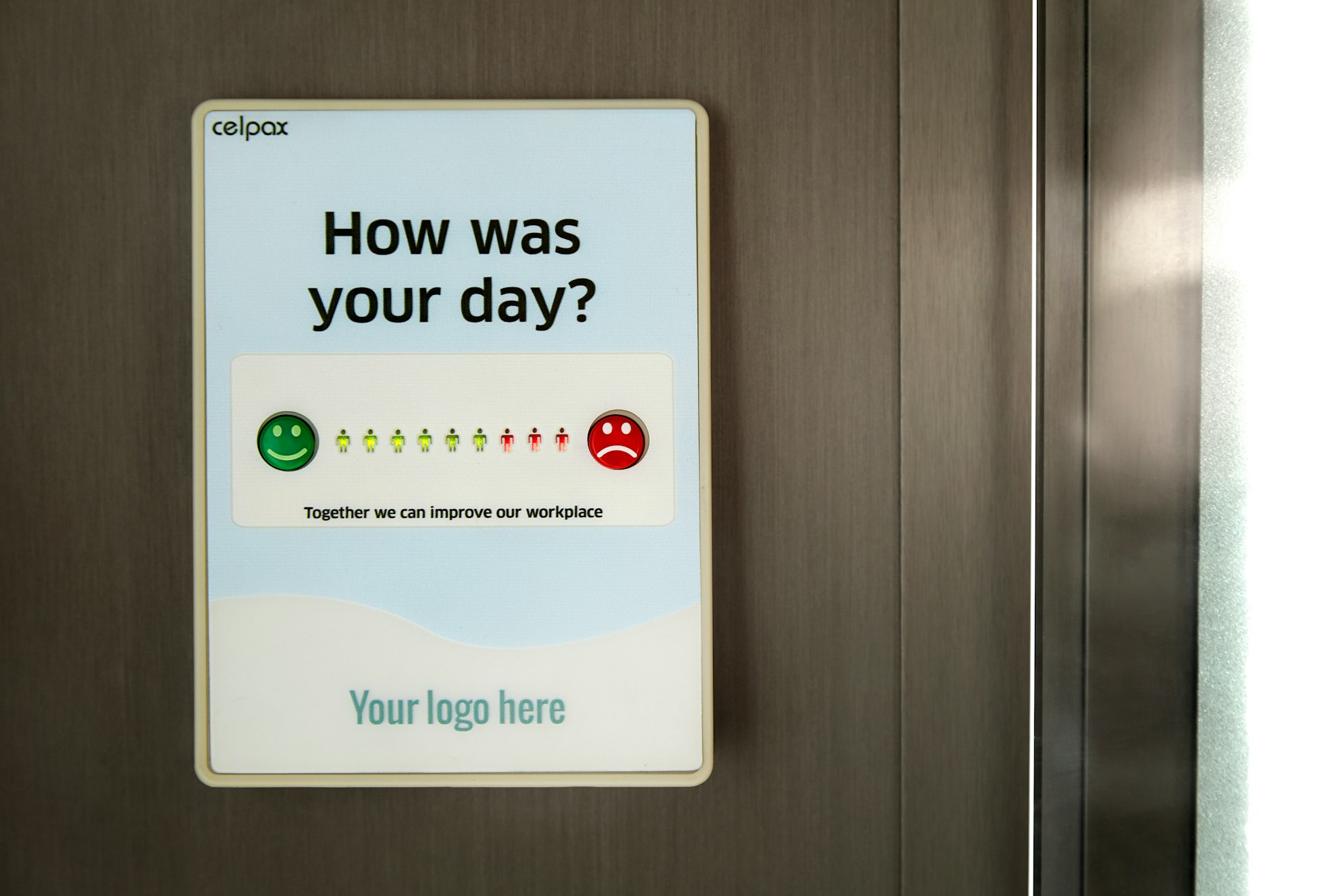Unleash the Power of Business Analytics in Your Business
We are living in a data-driven society. Almost every interaction with other people or businesses online and in the real world produces reams of data.
Every day, businesses get access to more data sources. That can create somewhat of a problem for digital marketers. How do you sift out the data points that are actually relevant to your marketing and business efforts? How do you determine the data points that will be most beneficial to your decision-making process?
What you want to do is turn the flood of data into actionable insights. These insights could point the way to future growth for your company. You want to turn the floodgate of data into useful information that will help you stay competitive in the marketplace.
You want data that will pinpoint weaknesses in your operations and point the way to make the necessary adjustments to improve the efficiency and profitability of your business
In this article, we will show what business analytics can do for you as a small business owner—and how to use business data to make better decisions about your company’s future.

The benefits of business analytics
In simple terms, business analytics is a way to systematically gather and process data in a way that gives your business a competitive advantage in the market.
With the flood of data that is being produced in the marketplace every day, it's easy to lose focus. You might even make the mistake of lodging onto "vanity metrics'' that has nothing to do with the actual success of your business—and that won't improve your bottom line.
What you want to do is turn data into useful information that can be used by decision-makers to steer a company. This involves the systematic processing of data, using sophisticated analysis tools, and then drawing the right conclusions from these analyses.
There are several benefits that business analytics can have for your business. Here are just a few of the most important benefits:
1. Create useful data about your business
One of the main functions of business analytics is to gather data from external as well as internal company sources and then turning the data into helpful information.
Decision-makers want short snippets of actionable data that is presented to them in an easy digestible format.
Which is why business analysts take care to present data in succinct reports, clear charts, and other easily understandable formats. In this way, the data can easily be communicated and shared within an organisation.

2. Create Business Insights
Business analytics is a resource- and time-intensive operation. That is why it has to produce useful insights from the data it gathers for any business to consider all this time and money to be well spent.
These insights are crucial for managers to correctly read market trends and assess current business operations to make those strategic decisions that will move the company forward.
But business analytics doesn't only have to do with processing current sales and marketing data. It can also be applied to answer specific questions.
For example, management might have to weigh the benefits of either investing in a new software suite that can perform a certain job, or hiring and training employees to do that job. With proper data gathering and analysis, the analysts should be able to provide good, actionable insights that will help managers make the correct decision.
3. Identify patterns and trends
A further benefit of business analytics is spotting patterns and trends in data that would otherwise have been obscured.
Since so much data is flooding into a business on a daily basis, it becomes more and more difficult to identify shifts in the market or in your business. But once you spot those trends, it becomes clear that you have to steer your business in a particular direction to make it successful.
This can be invaluable to improving your service and products to strategically make use of these trends and maximise the future potential of your company. In fact, you would be able to improve your business operations in ways you never even thought was possible.

4. Evaluate the profitability of business units
When business data are properly analysed, it’s possible to identify business areas that are more efficient and profitable, as well as those areas that need more work.
This allows you to allocate resources to those business units that need them most. You will be able to steer investments to areas in your business that will most be likely to improve your bottom line.
5. Track user behaviour
One of the most useful functions of data analytics is to track user behaviour. This will help you to assess and then meet the expectations of your customers and thereby improve the profitability of your company.
It’s especially useful for keeping track of the type of feedback you're getting from customers—and to determine whether your efforts are actually improving your products and services.
6. Measure the success of your company
Finally, business analytics is a surefire means to measure the efficiency and success of your various business units as well as your whole company.
Most companies measure their success in terms of financial revenue and other short-term quantifiers.
With analytics, it's possible to measure the long-term success of your company. For example, you would be able to track customer retention and make the necessary adjustments to keep your business on track.

Gathering the Right Data
More and more companies are turning to business analytics to help in their daily and long-term decision making functions. This is because customer data is getting more accessible and cheaper to acquire every year.
Right now, the amount of data you could collect on your business, customers, and market is virtually endless. It has been estimated that every person living on the planet today produces more than 2.5 quintillion bytes of data every day.
That is a staggering number and beyond our ability to comprehend. It's easy to get overwhelmed and bogged down in the details when you start tapping into this rich stream of data. You have to sift through the data and determine which are the most relevant to your business operations.
Many businesses make the rookie mistake of trying to gather every last scrap of data they can get their hands on. This requires a major investment in computer processing power. And the more data you gather, the more difficult it becomes to turn the data into useful, actionable information. The more data you have available, the more difficult it becomes to make sense of it all.
You have to sift through the data and make strategic decisions of which data points to follow. You have to decide which data points are the most relevant to your business. Then you have to focus on those data points with laser-like precision.
You also have to ensure that the data are accurate. You don't want to build analytical sand castles on data that wasn't worth much to begin with.

Using software tools for data analytics
If you want to do business analytics, you have to get the right software tools. Data analysis software is able to gather data in immense volumes on one end, then to sift through the data to choose the most relevant data sets.
It's quite astonishing what some of the data analysis packages can do. Some of these tools are even able to make strategic decisions for your company based on the data it received.
Tools that are particularly useful, are those that are able to create detailed customer profiles for your different market sectors. Others are able to perform social media analytics to a high degree of accuracy.
There is also specific Customer Relationship Management (CRM) software that tracks activity on your website and other interactions customers have with your company. In this way you will be able to manage your customer relationships through the various steps of the sales cycle.

Gather the right analytics team
Don't make the mistake of thinking that you can simply buy a business analytics tool off the rack and that the software will then magically collect and process business data to produce relevant, useful results.
The problem is that while the processing power of computers and the abilities of analytics software are on a meteoric rise, so is the amount of data that they have to analyse.
You will still need a guiding hand behind the computer to guide the software towards data and conclusions that are truly useful to your company.
That is why you have to put together a team of competent data analysts—or partner with good business analytics partners in the industry.
When you have tons of data, it's easy to create correlations between different data sets that really don't have any real-world connection. You want a team that is able to point out the trends that point to actual causation and not be fooled by correlations that arise by accident.
When you start on the business analytics root, there are various moving parts to keep in balance. You need a team of people who will be able to steer your company through the sea of data in a competent and informed manner.
They need to be able to understand the different parts of the business data you're assembling, as well as the processes of analysing and processing this data.
In this way, they would be able to make solid recommendations as to how to shift trends in your favour and avoid costly data interpretation mistakes.

Analysing your data
When you process your data, you want to create business insights. In simple terms, business insights are pieces of information that are both complex enough to fully describe your business, while also being simple enough to identify trends and answer specific business-related questions.
The information needs to be relevant to your business operation. It must open up the inner workings of your business, and give decision-makers a clear understanding of the road ahead.
Which means that you won't be able to perform a proper analysis of business data if you don't understand the business. Analysts must take into account the conditions under which the data was gathered so that any hidden bias doesn't creep into the end results.
Data analysis involves the identifying of trends and patterns underscoring the data. You then need to be able to draw logical conclusions from this data—conclusions that are based on facts and evidence rather than on opinion or emotion.
This data then needs to be converted into useful information through prioritising certain data points, sorting through these points, dividing them into separate units, and then finally grouping huge numbers of data points into similarly functioning segments.
Fortunately, most of this work can be done by technology. But you still need skillful hands to furnish the program with initial constraints and processing rules—and also to shape the algorithms used to process the data.
The analysts have to strike a balance between the big picture and individual data sets. If their approach is too general, the findings might turn out to be superficial and not saying much.
If they focus too much on specific details, it's easy to confuse and overwhelm decision makers. You will lose sight of the forest for the trees and miss the point entirely of the way forward for the company.

Creating Actionable Insights
Often acting on data is the most difficult step. You want to turn the data into real, actionable insights—information that is both accurate and relevant to your business operations.
So how do you turn data into action steps that will actually improve your company's bottom line? You need to place the data in the proper context. Then you have to make evidence-based connections between data points to produce insight. This insight then needs to be turned into action steps that can be implemented in your company over a period of time.
Finally, the progress and success of this action plan then needs to be assessed by gathering and analysing more data to see if there is a shift in trends.
The goal is to produce insights on which decision-makers can act to improve a company. And using fancy software is only part of the solution. People have to be involved in the decision-making process. Machines cannot tell you what you should do to "fix" your company.
The most important decisions that a company faces—the big decisions with regards to the overall business decision, the stewarding of your brand, or mitigating a PR crisis—have so many variables and uncertainties that mere analysis cannot give you the solution.
You need people with experience and wisdom in the field of business to make good, data-backed decisions. Man and machine have to work in concert to make business analytics work.

Conclusion
The current retail marketplace is getting more and more competitive. Which means that companies have to use every tool available to them to get ahead of the competition.
One of the most groundbreaking tools that is taking the retail industry by storm is business analytics. So many retailers are adopting this technology that you have to seriously consider using it yourself if you want to be successful and increase your market share.
Business analytics is especially useful for steering marketing and product design departments towards capturing the hearts and minds of the fickle, modern consumer.
To make data analytics worthwhile for your company, you have to collect tons of data. You also need to gather the right people and tools to turn the data into actionable insights.
Shifting a company to a more data-driven is never easy. You will make many mistakes along the way. You will have to change your strategy with every shift in the market and adjust your algorithms accordingly. But it’s really the only way to get ahead in the current market environment.
With persistence and the right tools you will get ahead. Data analytics has the potential to transform your business into a constantly changing and improving mechanism—one that can not only adapt to any fluctuation in the market, but predict and steer market trends.
In short, business analytics will give you a crucial advantage above the competition, improve the efficiency and profitability of your company, and boost growth.